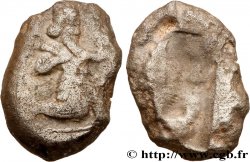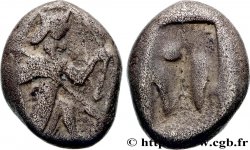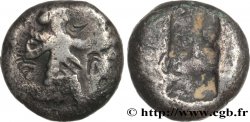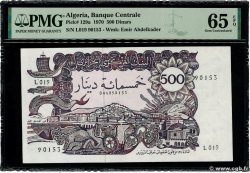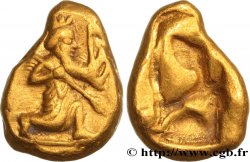Live auction - bgr_514093 - PERSIA - ACHAEMENID KINGDOM Darique d'or
Чтобы принять участие в торгах, вы должны войти в систему и стать подтвержденным участником аукциона. Войдите, чтобы сделать ставку. Ваш аккаунт будет подтвержден в течение 48 часов. Не ждите до закрытия торгов, чтобы зарегистрироваться.Сделав ставку на данный товар, вы вступаете в юридическое соглашение на покупку выбранного товара и нажатием кнопки «Сделать ставку» подтверждаете принятие вами условий интернет-аукционов cgb.fr.
Ставка может бить сделана только в полном эквиваленте евро. Торги закроются согласно времени, указанному в описании товара, все ставки, сделанные после закрытия торгов, учитываться не будут. Не следует откладывать предложение вашей ставки до последнего момента, так как система может не успеть обработать вашу заявку, и ваша ставка не будет принята. Более детальную информацию вы найдёте здесь: FAQ по интернет-аукционам.
Все ставки победителей подлежат комиссии 18%.
Все ставки победителей подлежат комиссии 18%.
| Оценить : | 3 200 € |
| Цена : | 1 900 € |
| Максимальная предлагаемая цена : | 1 900 € |
| Конец торгов : | 05 March 2019 14:30:19 |
| Участников : | 1 Участников |
Тип Darique d'or
Дата: c. 465-425 AC
Монетный двор / Город: Lydie, Sardes ?
Металл: gold
Проба: 970 ‰
Диаметр: 17 mm
Вес: 8,34 g.
Редкость: R1
Комментарии о состоянии
Exemplaire sur un flan oblong irrégulier. Droit bien venu à la frappe. Revers profondément gravé. Jolie patine de collection ancienne
Ссылки в каталоге: :
Лицевая сторона
Аверс: легенда: ANÉPIGRAPHE.
Аверс: описание: Archer barbu (Le Grand Roi) à demi agenouillé courant à droite, couronné (cidaris), tenant une lance de la main droite et un arc de la gauche ; un carquois rempli de flèches sur l’épaule ; ligne d’exergue.
Обратная сторона
Реверс: Описание: Carré creux informe.
Комментарий
Ce type de darique est souvent usé et a circulé pendant plus d’un siècle. C’est le premier multiple en or frappé en quantité très importante. Au revers, le carré creux pourrait prendre la forme d’un animal (tête de lion à droite, la gueule ouverte, cf. E. Babelon, Perses Achéménides, pl. I, n° 10 pour un sicle). Ce type est souvent attribué à Darius Ier (521-486 avant J.-C.) ou à Xerxès (486-465 avant J.-C.). Pour cet exemplaire, une attribution à Artaxerxès II (465-425 avant J.-C.) est probable.
This type of daric is often worn and circulated for over a century. It is the first gold multiple struck in very large quantities. On the reverse, the hollow square could take the form of an animal (lion's head to the right, mouth open, cf. E. Babelon, Perses Achéménides, pl. I, n° 10 for a shekel). This type is often attributed to Darius I (521-486 BC) or Xerxes (486-465 BC). For this example, an attribution to Artaxerxes II (465-425 BC) is likely
This type of daric is often worn and circulated for over a century. It is the first gold multiple struck in very large quantities. On the reverse, the hollow square could take the form of an animal (lion's head to the right, mouth open, cf. E. Babelon, Perses Achéménides, pl. I, n° 10 for a shekel). This type is often attributed to Darius I (521-486 BC) or Xerxes (486-465 BC). For this example, an attribution to Artaxerxes II (465-425 BC) is likely








 Cообщить об ошибке
Cообщить об ошибке Распечатать страницу
Распечатать страницу Отправить мой выбор
Отправить мой выбор Задать вопрос
Задать вопрос Consign / sell
Consign / sell
 Информация
Информация

